Year 6
The English curriculum is built around the three interrelated strands of language, literature and literacy. Teaching and learning programs should balance and integrate all three strands. Together, the strands focus on developing students' knowledge, understanding and skills in listening, reading, viewing, speaking, writing and creating. Learning in English builds on concepts, skills and processes developed in earlier years, and teachers will revisit and strengthen these as needed.
In Years 5 and 6, students communicate with peers and teachers from other classes and schools, community members, and individuals and groups, in a range of face-to-face and online/virtual environments.
Students engage with a variety of texts for enjoyment. They listen to, read, view, interpret and evaluate spoken, written and multimodal texts in which the primary purpose is aesthetic, as well as texts designed to inform and persuade. These include various types of media texts including newspapers, film and digital texts, junior and early adolescent novels, poetry, non-fiction and dramatic performances. Students develop their understanding of how texts, including media texts, are influenced by context, purpose and audience.
The range of literary texts for Foundation to Year 10 comprises Australian literature, including the oral narrative traditions of Aboriginal and Torres Strait Islander Peoples, as well as the contemporary literature of these two cultural groups, and classic and contemporary world literature, including texts from and about Asia.
Literary texts that support and extend students in Years 5 and 6 as independent readers describe complex sequences, a range of non-stereotypical characters and elaborated events including flashbacks and shifts in time. These texts explore themes of interpersonal relationships and ethical dilemmas within real-world and fantasy settings. Informative texts supply technical and content information about a wide range of topics of interest as well as topics being studied in other areas of the curriculum. Text structures include chapters, headings and subheadings, tables of contents, indexes and glossaries. Language features include complex sentences, unfamiliar technical vocabulary, figurative language, and information presented in various types of graphics.
Students create a range of imaginative, informative and persuasive types of texts such as narratives, procedures, performances, reports, reviews, explanations and discussions.
(source: www.australiancurriculum.edu.au)
Achievement Standard
Receptive modes (listening, reading and viewing)
By the end of Year 6, students understand how the use of text structures can achieve particular effects. They analyse and explain how language features, images and vocabulary are used by different authors to represent ideas, characters and events.
Students compare and analyse information in different and complex texts, explaining literal and implied meaning. They select and use evidence from a text to explain their response to it. They listen to discussions, clarifying content and challenging others' ideas.
Productive modes (speaking, writing and creating)
Students understand how language features and language patterns can be used for emphasis. They show how specific details can be used to support a point of view. They explain how their choices of language features and images are used.
Students create detailed texts elaborating on key ideas for a range of purposes and audiences. They make presentations and contribute actively to class and group discussions, using a variety of strategies for effect. They demonstrate an understanding of grammar, and make considered vocabulary choices to enhance cohesion and structure in their writing. They use accurate spelling and punctuation for clarity and make and explain editorial choices based on criteria.
(source: www.australiancurriculum.edu.au)
- Plus Plan
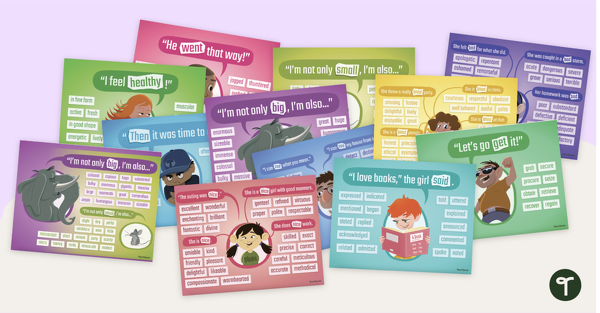
Synonyms Anchor Chart Pack
Print a pack of colourful synonym posters to boost vocabulary in the classroom!
- Plus Plan
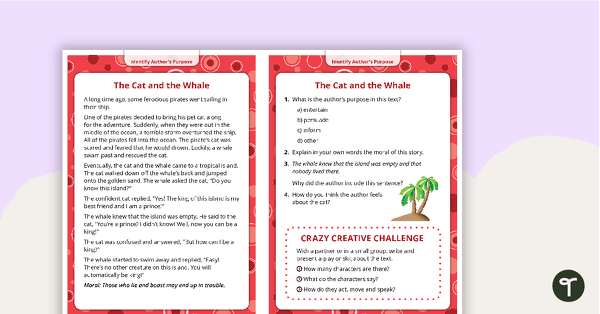
Comprehension Task Cards - Identifying Author's Purpose
A set of comprehension task cards to help students identify the author's purpose when reading.
- Free Plan
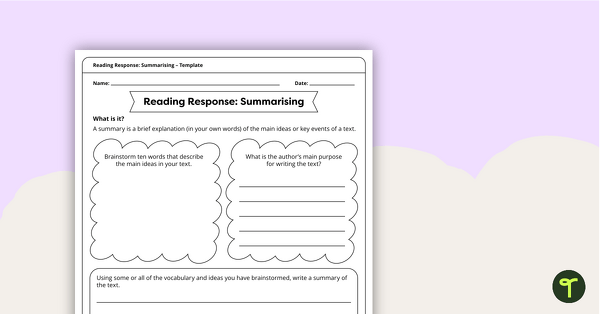
Reading Response Summarising – Template
A comprehension template for students to practise summarising.
- Free Plan
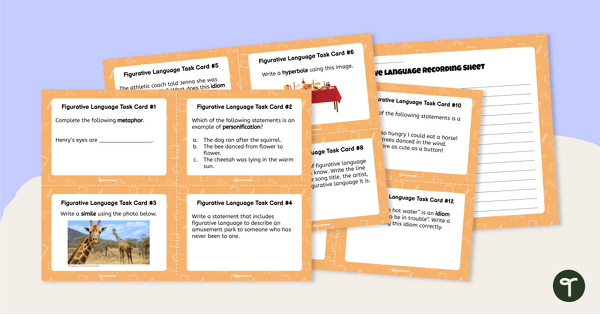
Figurative Language Task Cards
A set of 12 task cards to practice working with figurative language.
- Plus Plan
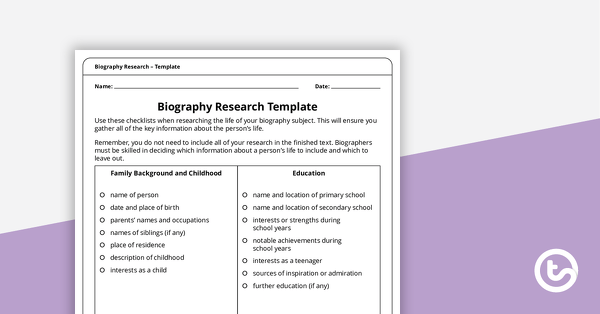
Biography Research Template
A research template for older students to use when writing a biography.
- Plus Plan
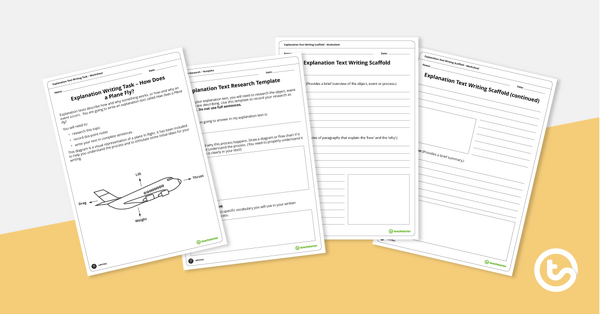
Explanation Text Writing Task – How Does a Plane Fly?
A scaffolded writing task for students to complete when learning about the explanation text type.
- Plus Plan
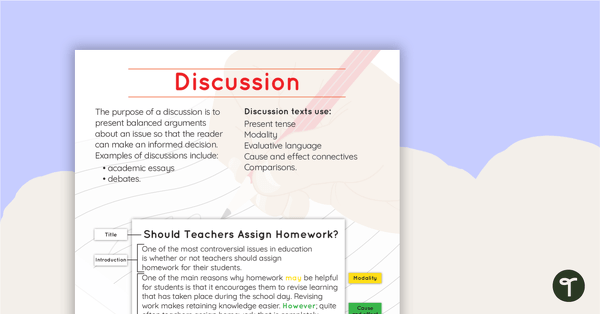
Discussion Text Type Poster With Annotations
A poster about discussions, including an annotated example.
- Plus Plan
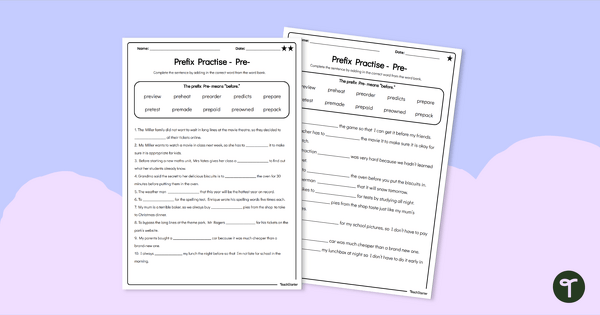
Pre- Prefixes Worksheet
Boost students' understanding of the prefix pre- with a printable prefix worksheet.
- Plus Plan
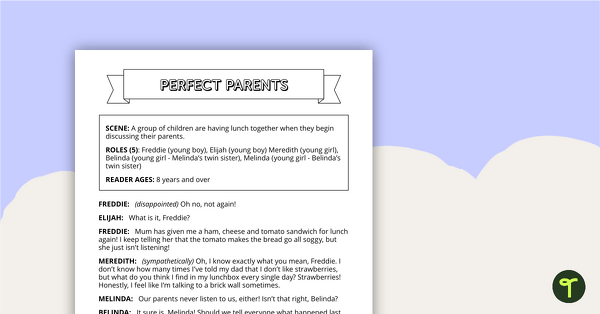
Readers' Theatre Script - Perfect Parents
A script which can be used during readers' theatre or Drama sessions, aimed at students 8 years and over.
- Plus Plan
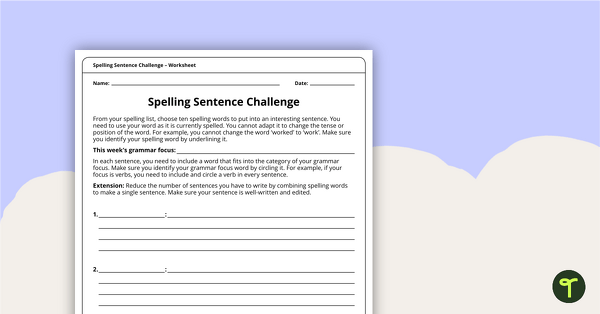
Spelling Sentence Challenge Worksheet
A teaching resource to help consolidate their current spelling program and grammar use.
- Free Plan
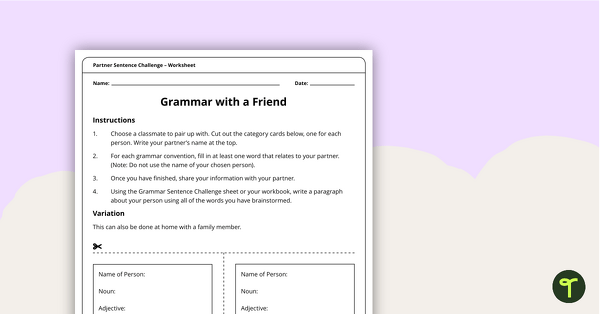
Partner Sentence Challenge Worksheet
A teaching resource to help students consolidate the students’ knowledge of grammar and brainstorm vocabulary for writing.
- Plus Plan
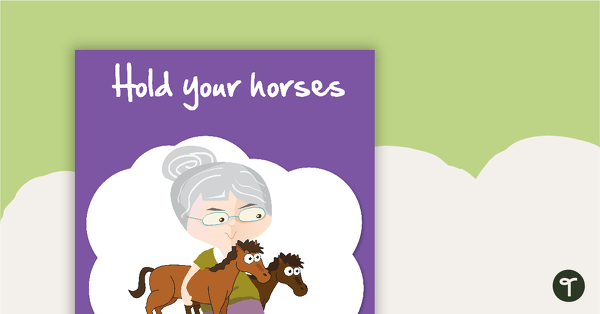
Individual Idiom Posters
A set of posters showing idioms and their meaning.
- Plus Plan
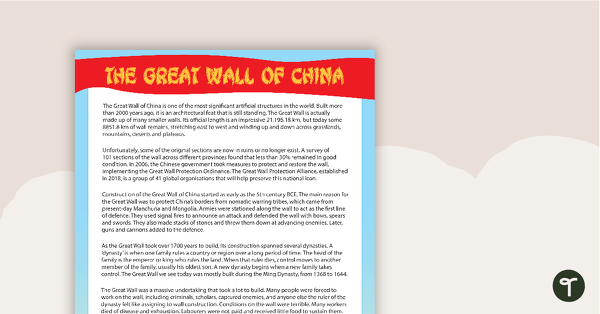
Comprehension - The Great Wall of China
A comprehension activity about The Great Wall of China.
- Plus Plan
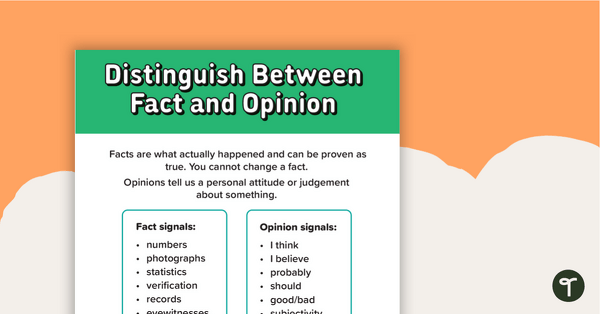
Distinguish Between Fact and Opinion Poster
A poster highlighting how to distinguish between fact and opinion when reading a piece of text.
- Free Plan
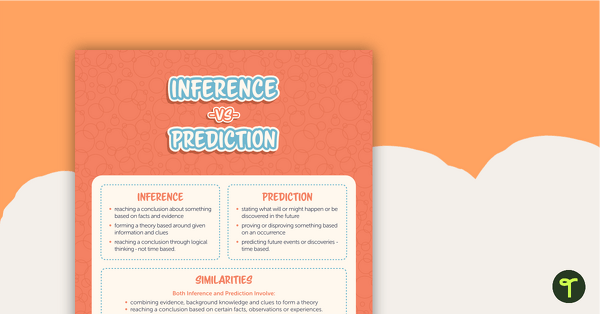
Inference vs Prediction Poster
A poster outlining the similarities and differences between inference and prediction.
- Plus Plan
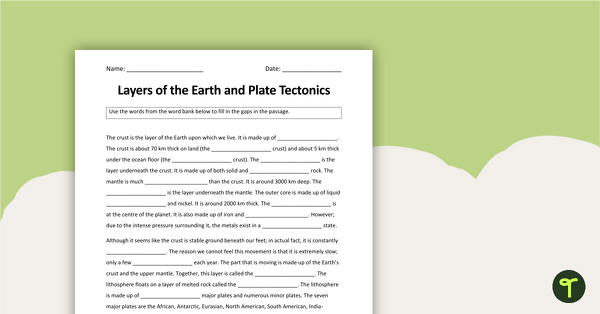
Plate Tectonics Cloze Activity
A cloze activity to use when learning about the layers of the Earth and plate tectonics.
- Plus Plan
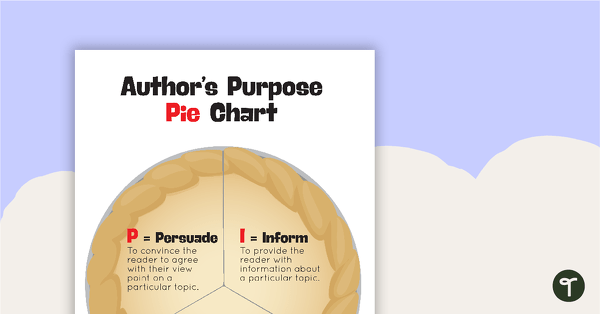
Author's Purpose Pie
A pie that shows the three main reasons an author writes a piece of text.
- Plus Plan
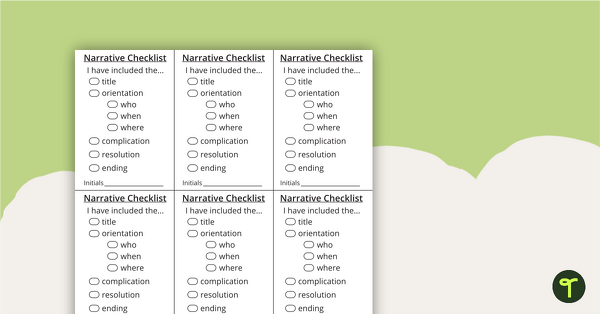
Writing Checklists - Various Genres
Use these Writing Checklists to ensure that your students have everything they need in their pieces of writing.
- Plus Plan
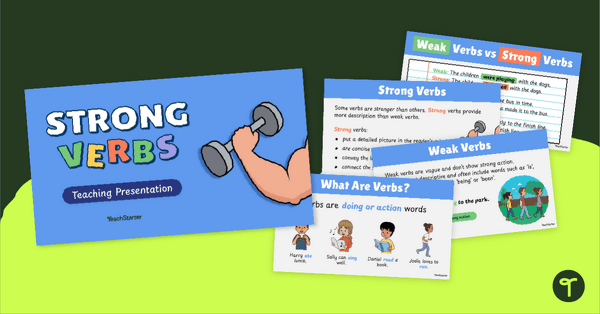
Strong Verbs Teaching Slides
Discover how to use strong verbs in sentences with this set of teaching slides.
- Free Plan
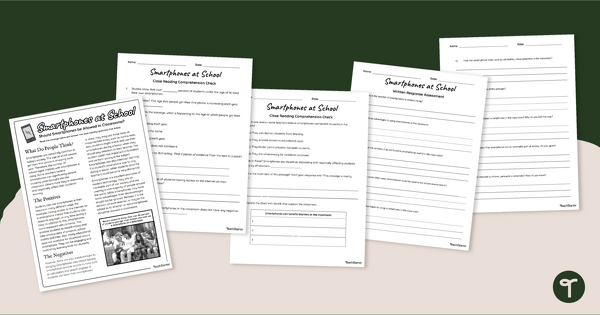
Comprehension - Should Smart Phones Be Allowed in Classrooms?
Decide if cellphones should be allowed in class and boost comprehension skills with a reading passage and comprehension test.
- Plus Plan
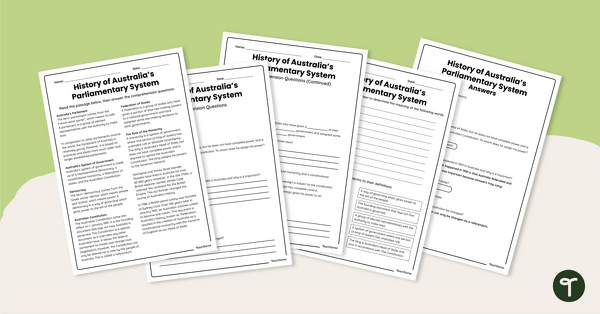
The History of Australia's Parliamentary System - Comprehension Worksheets
Explore the ins and outs of Australia’s parliamentary history with this reading comprehension activity.
- Plus Plan
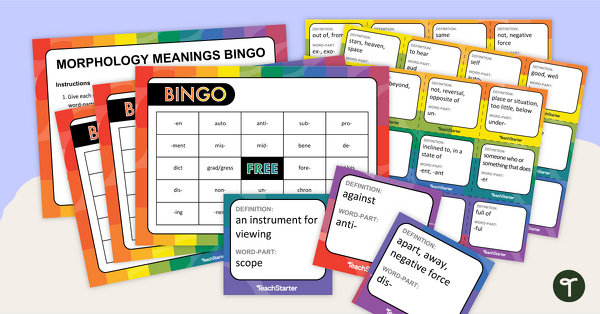
Morphology Meanings Bingo
Examine word parts and identify their morphological meanings in this BINGO game.
- Plus Plan
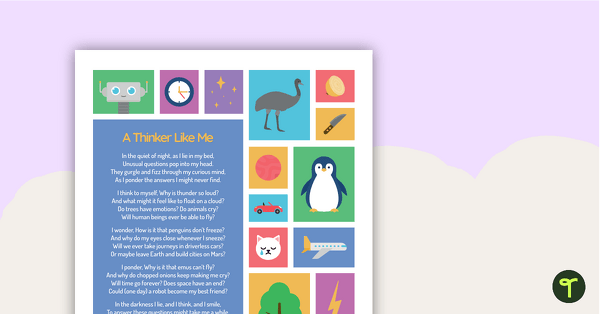
A Thinker Like Me - Read and Respond Worksheet
A comprehension activity related to a poem.
- Plus Plan
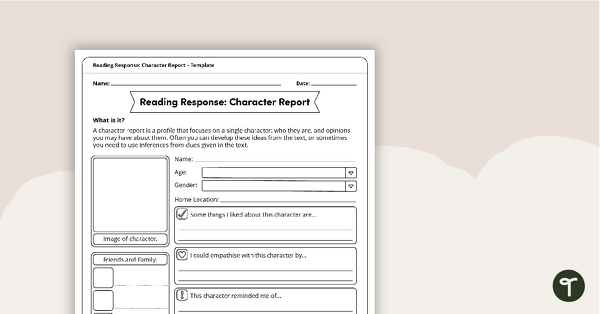
Reading Response Character Report – Template
A comprehension template for students to write a character report about the text they have been reading.
- Plus Plan
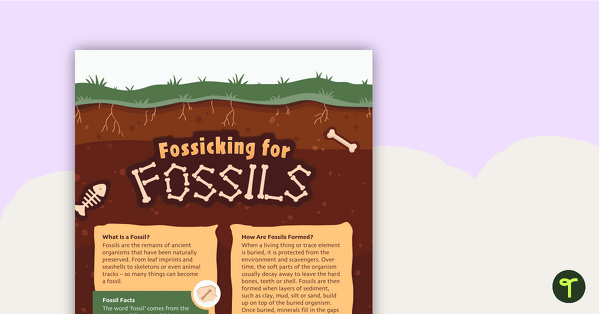
Fossicking for Fossils – Worksheet
A comprehension worksheet for an information report from the Year 5 magazine (Issue 2).
- Free Plan
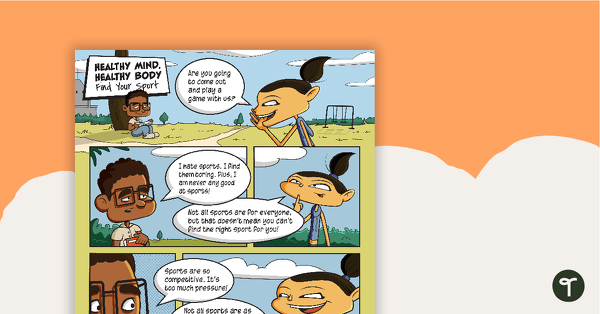
Healthy Body, Healthy Mind: Find Your Sport – Comprehension Worksheet
A comprehension worksheet for a comic about the importance of physical activity to a healthy lifestyle.
- Plus Plan
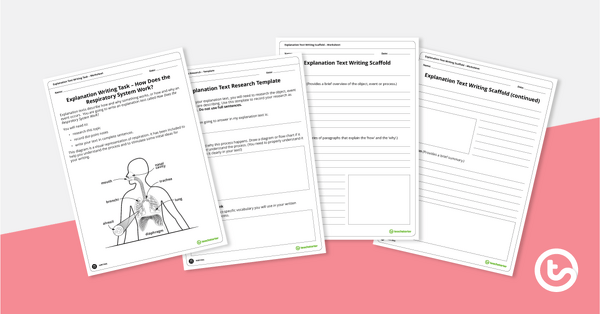
Explanation Text Writing Task – How Does the Respiratory System Work?
A scaffolded writing task for students to complete when learning about the explanation text type.
- Plus Plan
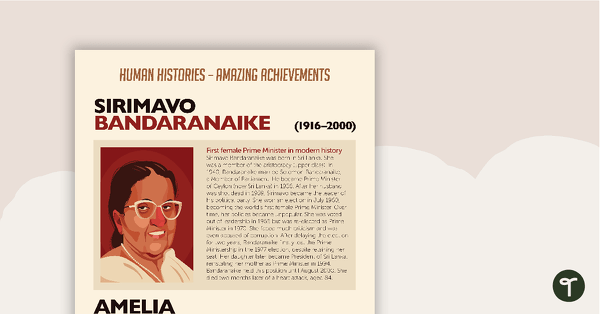
Human Histories: Amazing Achievements - Read and Respond Worksheet
A comprehension activity related to a biographical text.
- Plus Plan
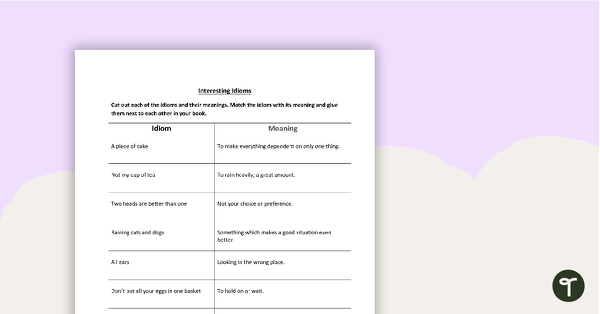
Interesting Idioms Worksheet
A worksheet using common idioms.
- Plus Plan
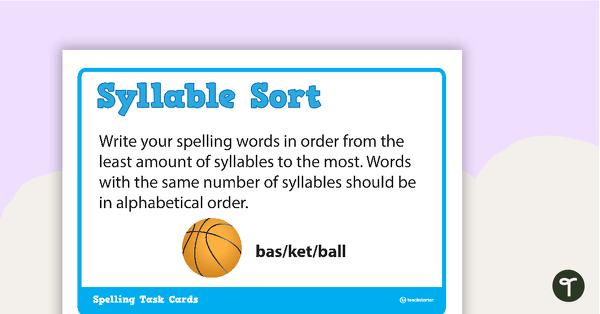
Spelling Task Cards
A set of 57 spelling task cards.
- Plus Plan
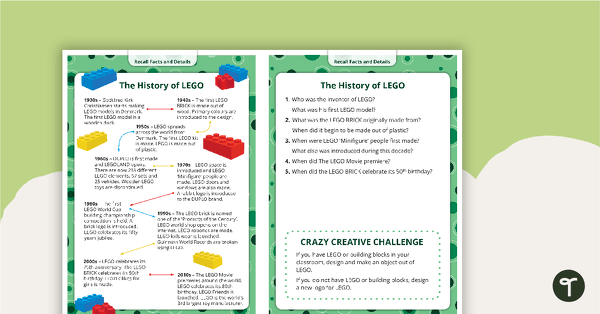
Comprehension Task Cards - Recalling Facts And Details
A set of comprehension task cards to help students recall facts and details when reading.
- Plus Plan
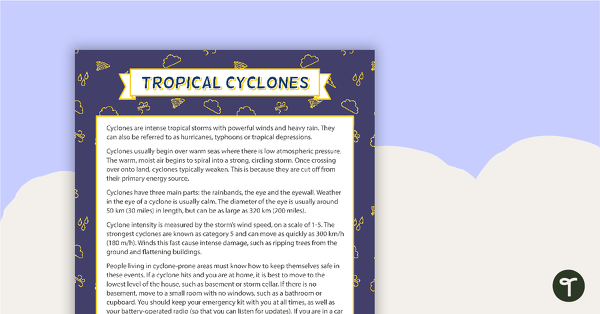
Comprehension - Tropical Cyclones
A comprehension activity about tropical cyclones.